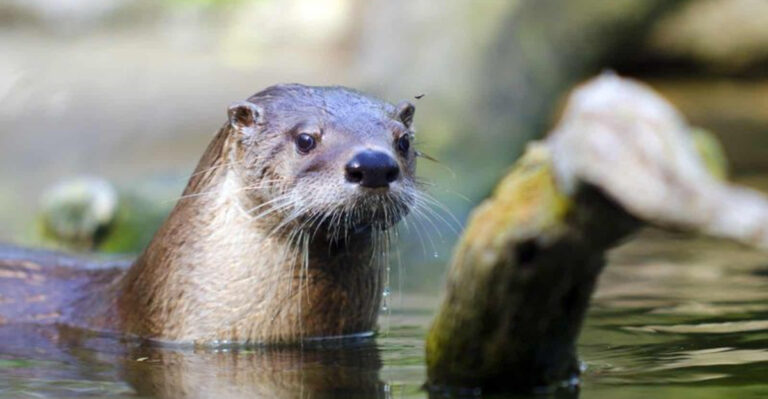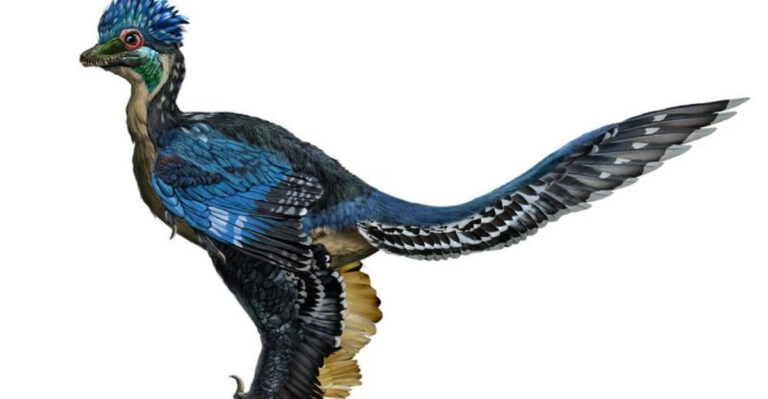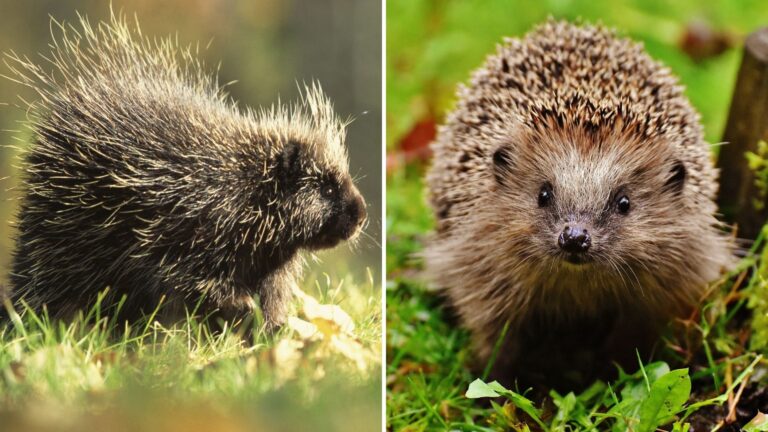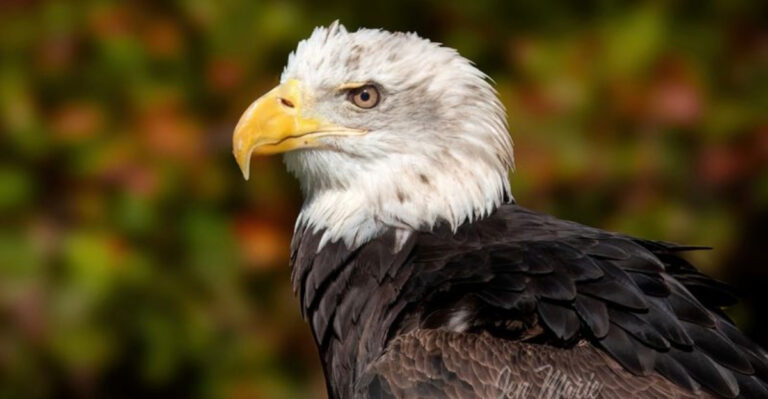8 Ways To Identify A House Finch
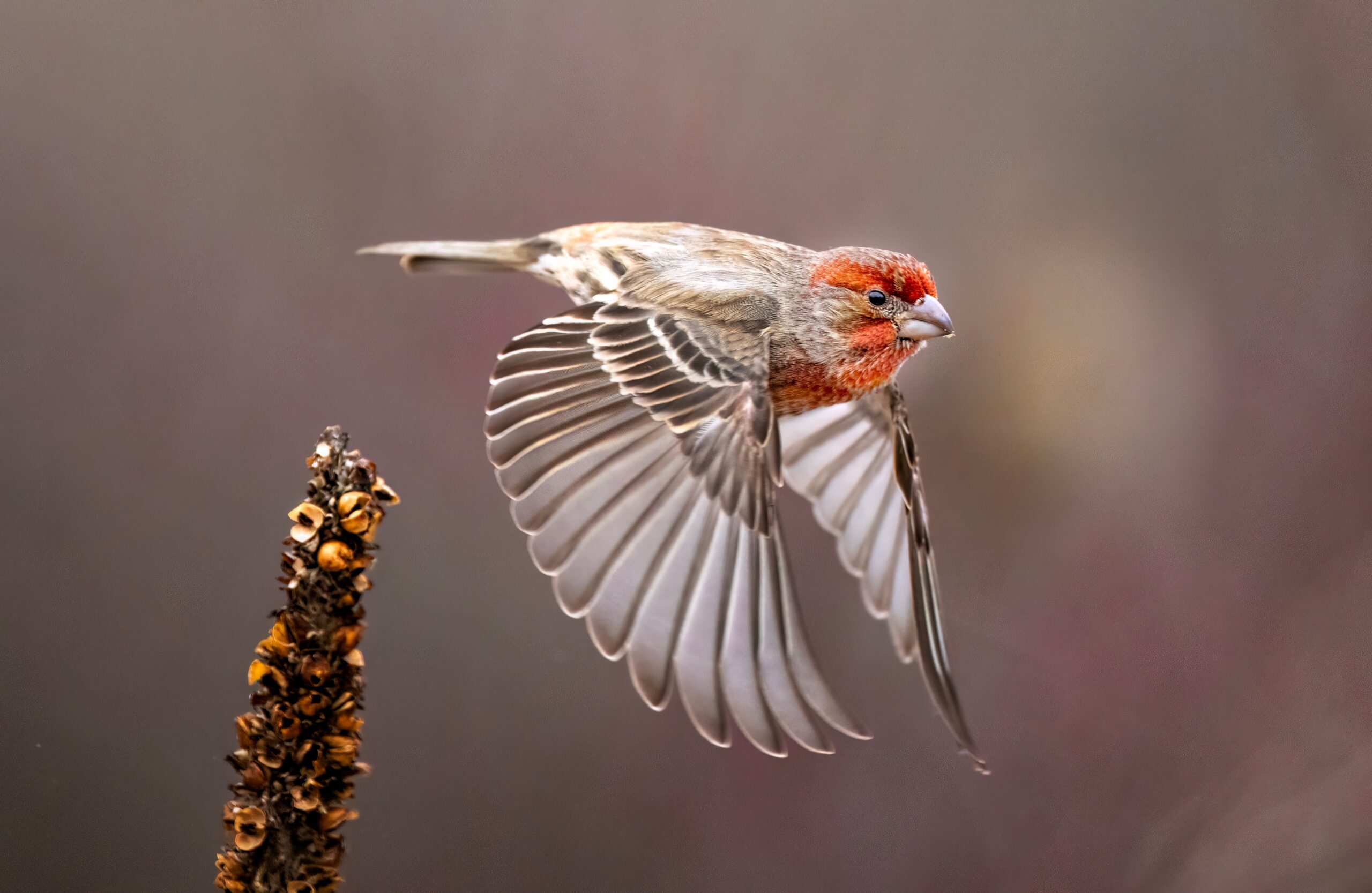
Spotting a House Finch can be a delightful experience for birdwatchers and nature enthusiasts alike. These charming birds are often seen in urban and suburban areas, bringing a splash of color to our everyday surroundings.
While they are common, identifying them can sometimes be tricky due to their similarities with other finch species. Let’s explore distinctive features that can help you confidently recognize a House Finch on your next birdwatching adventure.
1. Colorful Plumage
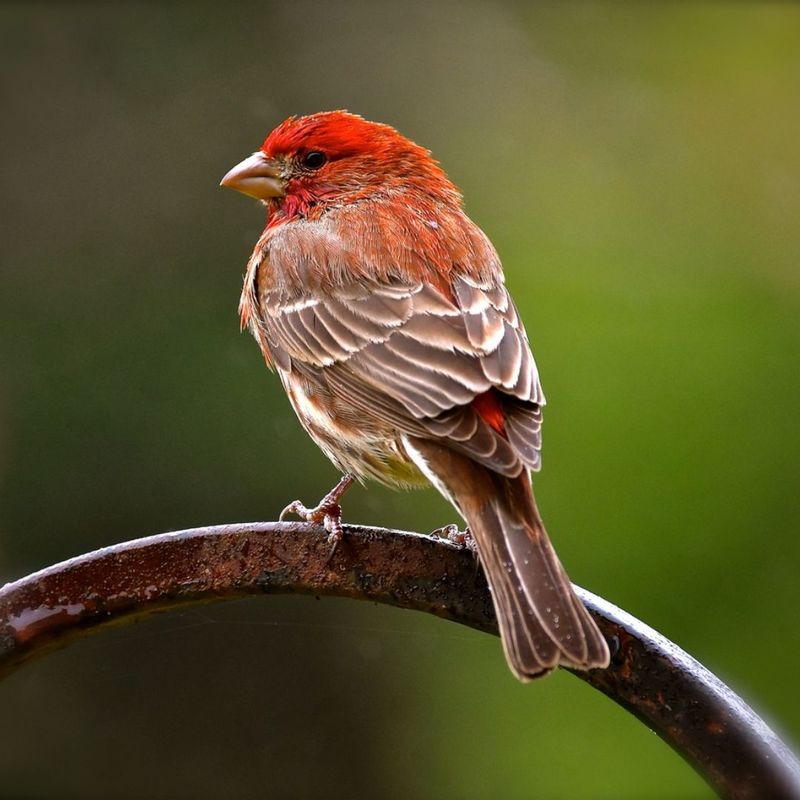
One notable feature of a male House Finch is its vibrant plumage. Unlike females, males exhibit a striking red coloration around their heads, throats, and rumps. This red hue can vary, sometimes appearing more orange or yellow depending on their diet.
In contrast, female House Finches have more subdued colors, primarily brown and streaked, which helps them blend into the environment. The differences in plumage between genders make identifying males much easier.
When observing these birds, look for the distinct red markings, especially if the bird is perched in a well-lit area. This colorful characteristic is not just for show; it plays a role in mating and territorial displays. Spotting these colors can be a thrilling moment for any birdwatcher.
2. Distinctive Song
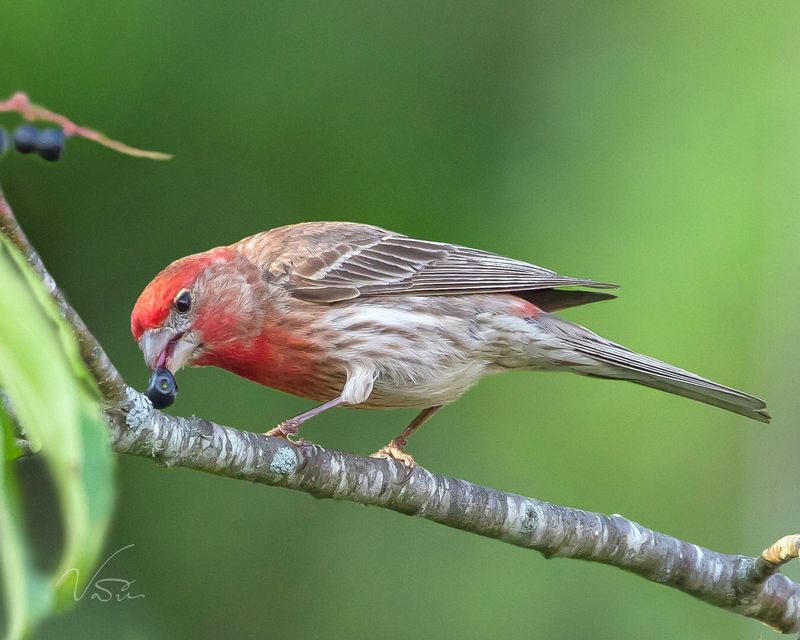
The House Finch is renowned for its melodious song, a cheerful and warbling melody that’s a joy to hear. This song consists of a series of musical notes, often including short, repeating phrases that vary in pitch and tempo. These birds bring in happiness with their songs, but fun fact: these birds symbolize joy, too!
Birdwatchers can use these vocalizations as an identification tool, especially in areas with dense foliage where visual spotting may be challenging. Listening for the characteristic song of the House Finch can lead you straight to its location.
These birds are often heard singing from high perches such as trees or wires, making early morning the perfect time for auditory identification. Their songs not only serve to attract mates but also to assert territory, adding a lively soundtrack to any outdoor excursion.
3. Habitat Preference
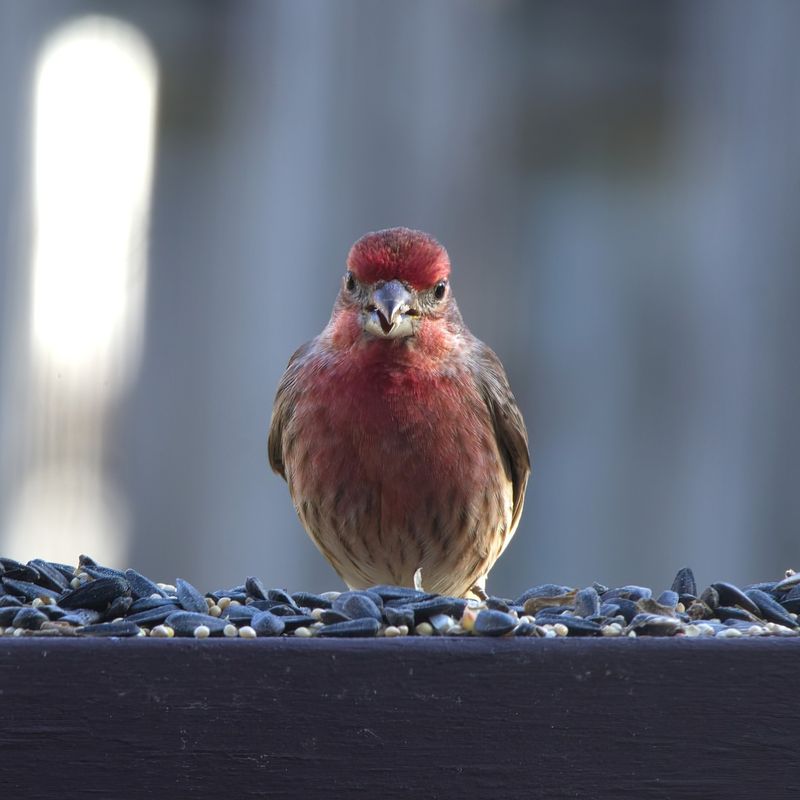
House Finches are adaptable creatures, often found in urban and suburban settings. They thrive in areas humans inhabit, regularly visiting backyards, parks, and gardens. Observing their choice of habitat can be a strong indicator of their presence.
They are known to nest in various structures, from trees to building ledges and even hanging planters on balconies. This adaptability to different environments demonstrates their resilience and resourcefulness. Recognizing their preferred habitats can help pinpoint where to look when trying to identify these birds.
Their ability to coexist comfortably with humans allows them to be one of the most commonly observed birds in these areas.
4. Feeding Habits
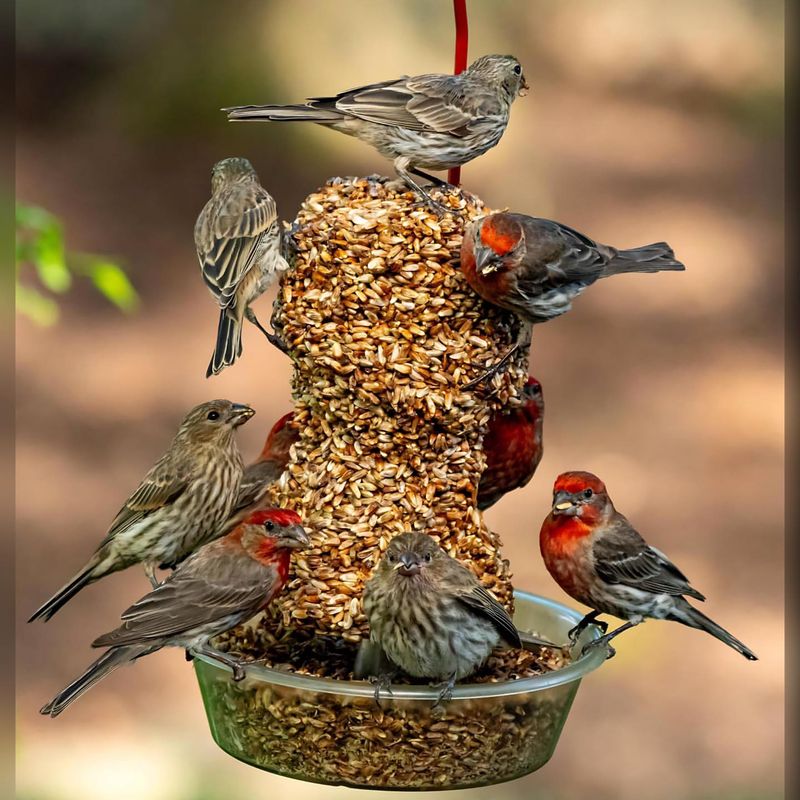
House Finches primarily feed on seeds, which they skillfully extract with their conical bills. Sunflower seeds are a favorite, often attracting them to backyard feeders, where they compete with other seed-eating birds.
At feeders, their feeding habits can be observed closely, as they often visit in flocks, providing ample opportunity to study their behavior. Watching them crack open seeds and discard the shells is both fascinating and informative.
Their preference for seeds can be used as a clue in identifying them. If you notice birds frequenting a seed feeder, particularly those displaying the signature red coloration of males, it’s likely you’ve spotted House Finches.
5. Social Behavior
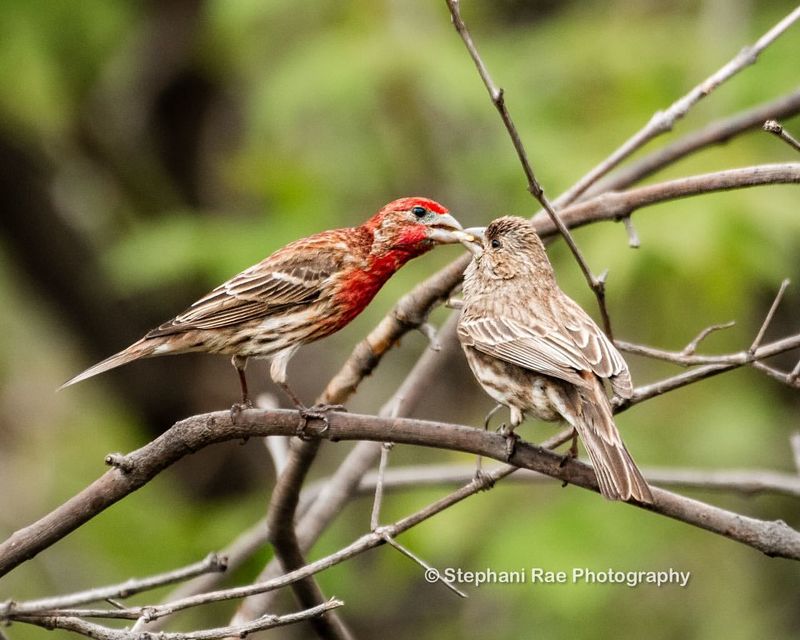
These birds are notably social, often seen in flocks, especially during the non-breeding season. They exhibit a variety of social behaviors, from playful aerial chases to communal feeding. This social nature makes them easier to spot, as they are rarely alone.
Their chattering calls and group interactions can be quite entertaining to observe. Understanding their social behavior can aid identification, as a busy flock in a neighborhood tree or at a feeder is typically indicative of House Finches.
Their interactions are not just limited to other finches; they often mix with other species, further enhancing their role in the local ecosystem.
6. Breeding Behavior
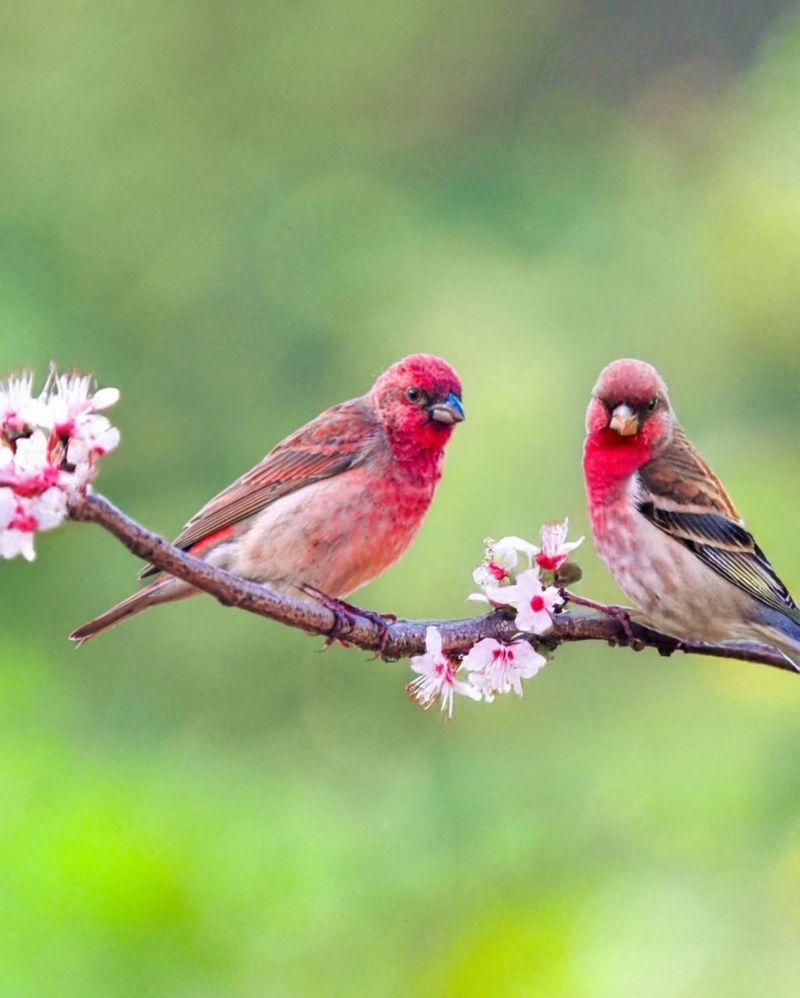
House Finches engage in distinctive breeding behaviors that can be intriguing to witness. During the breeding season, males perform courtship displays to attract females, which include singing and fluttering their wings.
These displays are often accompanied by feeding rituals, where males present food to females as part of the mating process. Observing these behaviors offers insight into their social dynamics and reproductive strategies.
Recognizing these activities can aid in identification, particularly during spring and early summer. Watching a male House Finch engage in these rituals provides a glimpse into the complex world of avian courtship.
7. Migration Patterns
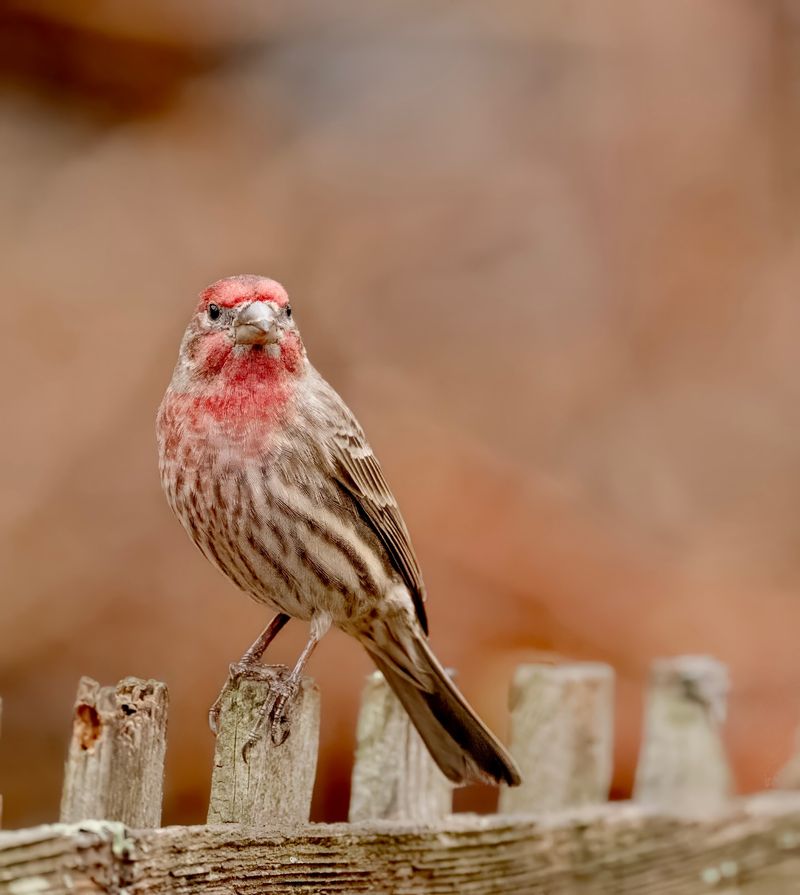
Unlike many birds, House Finches are largely non-migratory, remaining in the same area year-round. However, some populations may move short distances in response to food availability.
Their lack of long-distance migration makes them a consistent presence in suitable habitats, allowing for year-round observation. This stability in location contributes to their familiarity among bird enthusiasts.
Noticing a stable population throughout the year can be a strong indicator of House Finches, distinguishing them from migratory species that only appear seasonally.
8. Life Span And Longevity
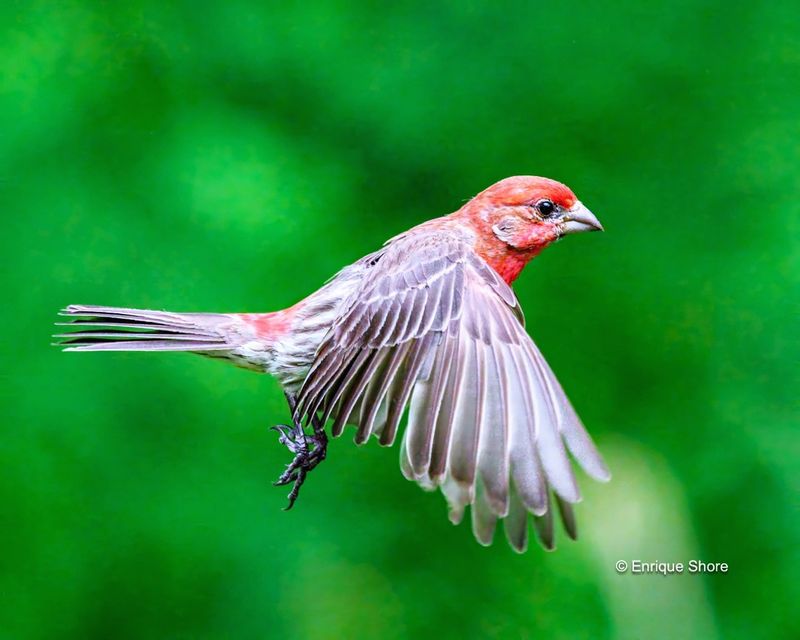
House Finches have an average lifespan of 5 to 10 years, though some individuals may live longer under favorable conditions. Observing older finches can be a special experience, as they may exhibit signs of wear such as faded plumage.
The longevity of these birds in a particular area can provide insight into the health of the local ecosystem. Their presence over the years can indicate stable environmental conditions and abundant resources.
Recognizing older House Finches adds depth to your identification skills, allowing you to appreciate the full spectrum of their life cycle. This understanding enriches the birdwatching experience, making each sighting more meaningful.

